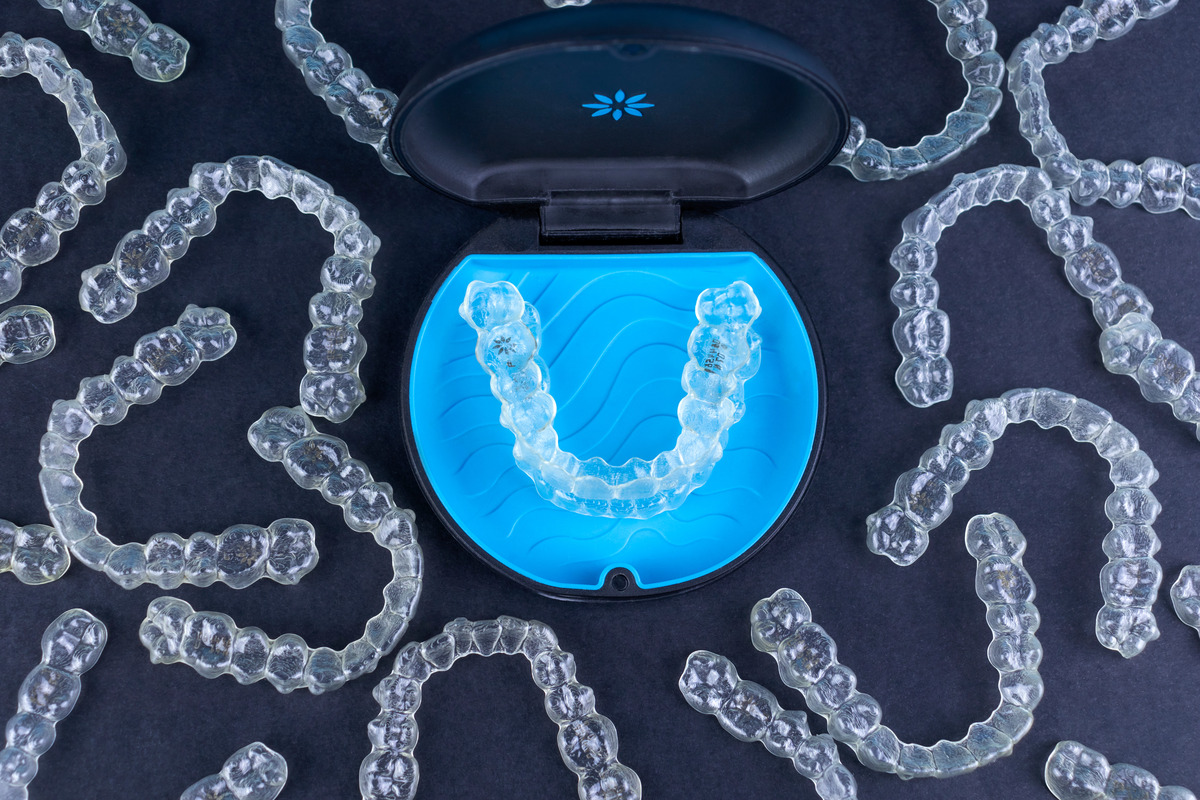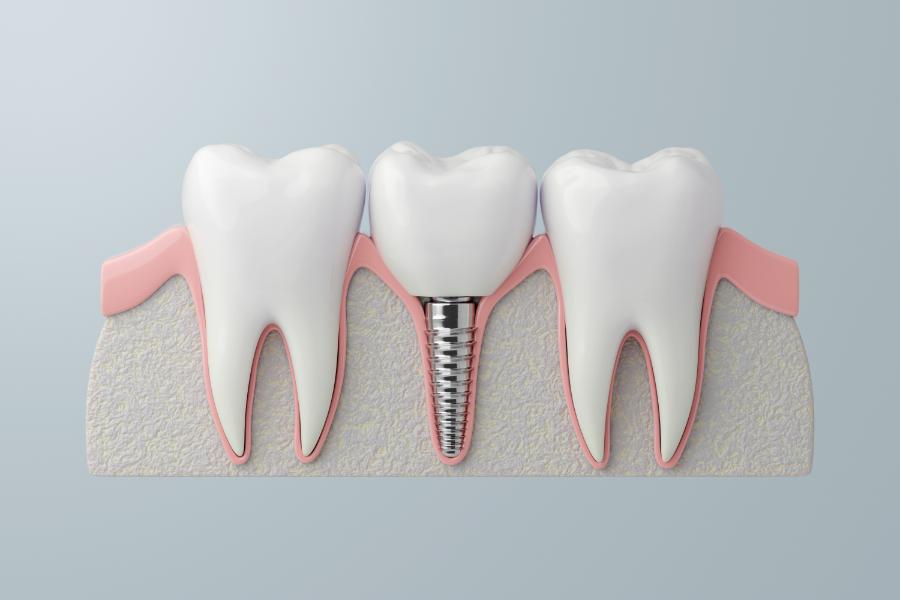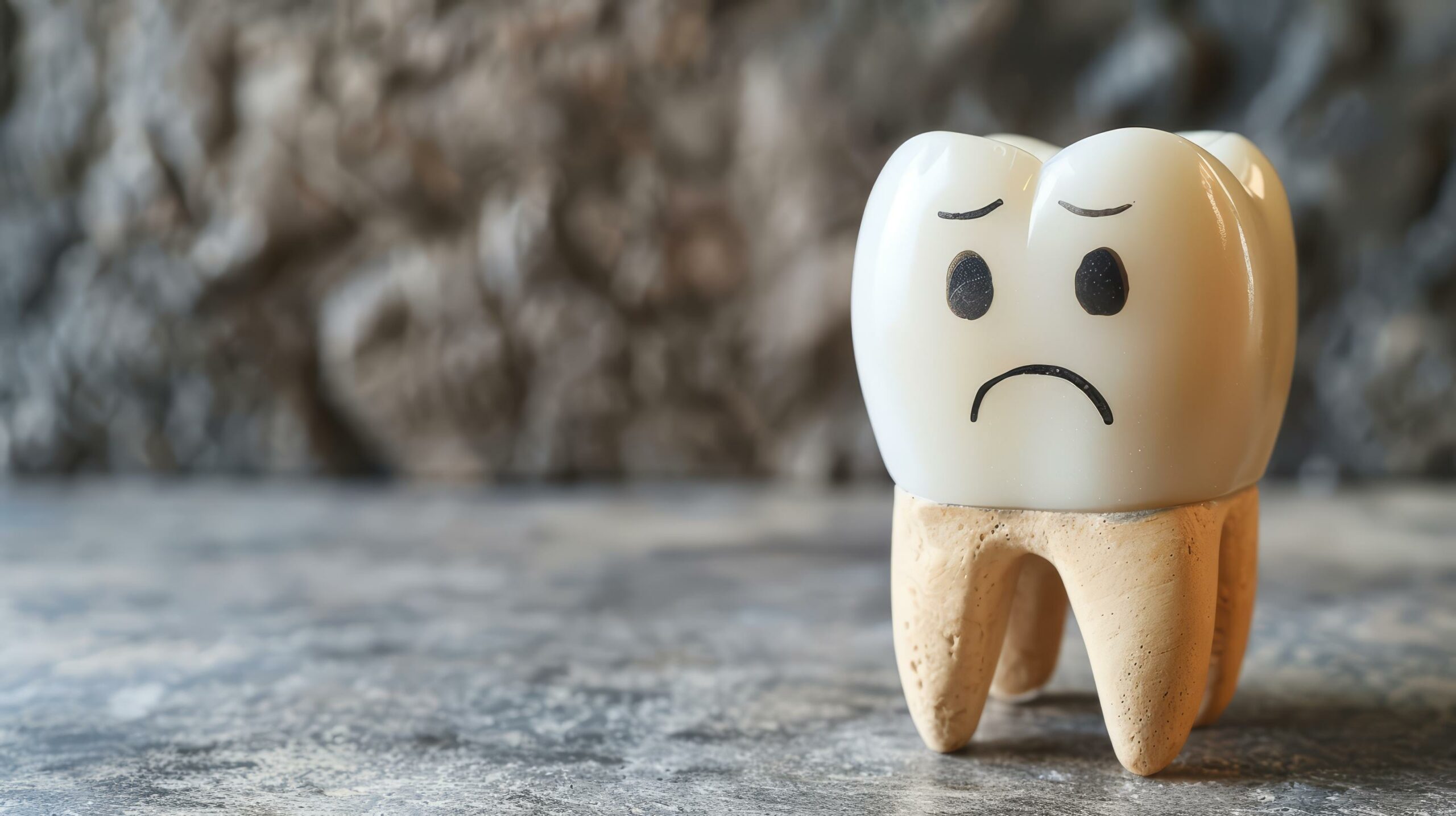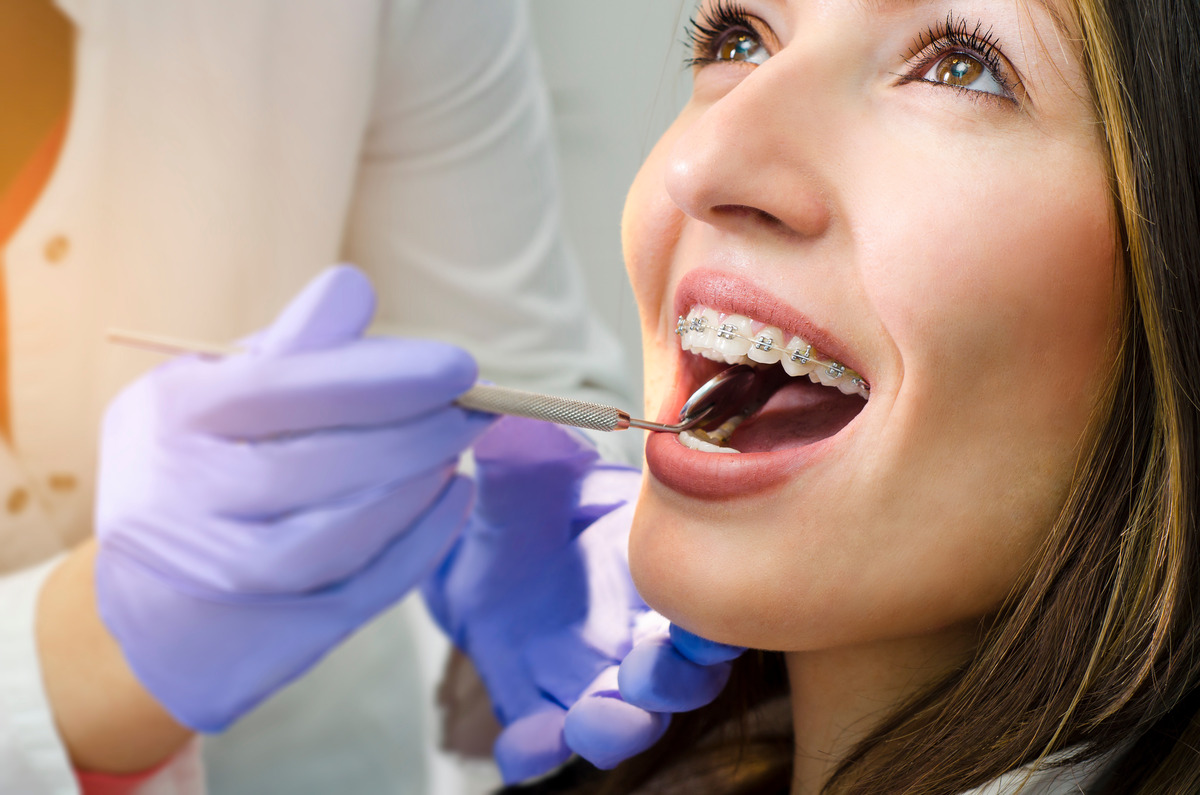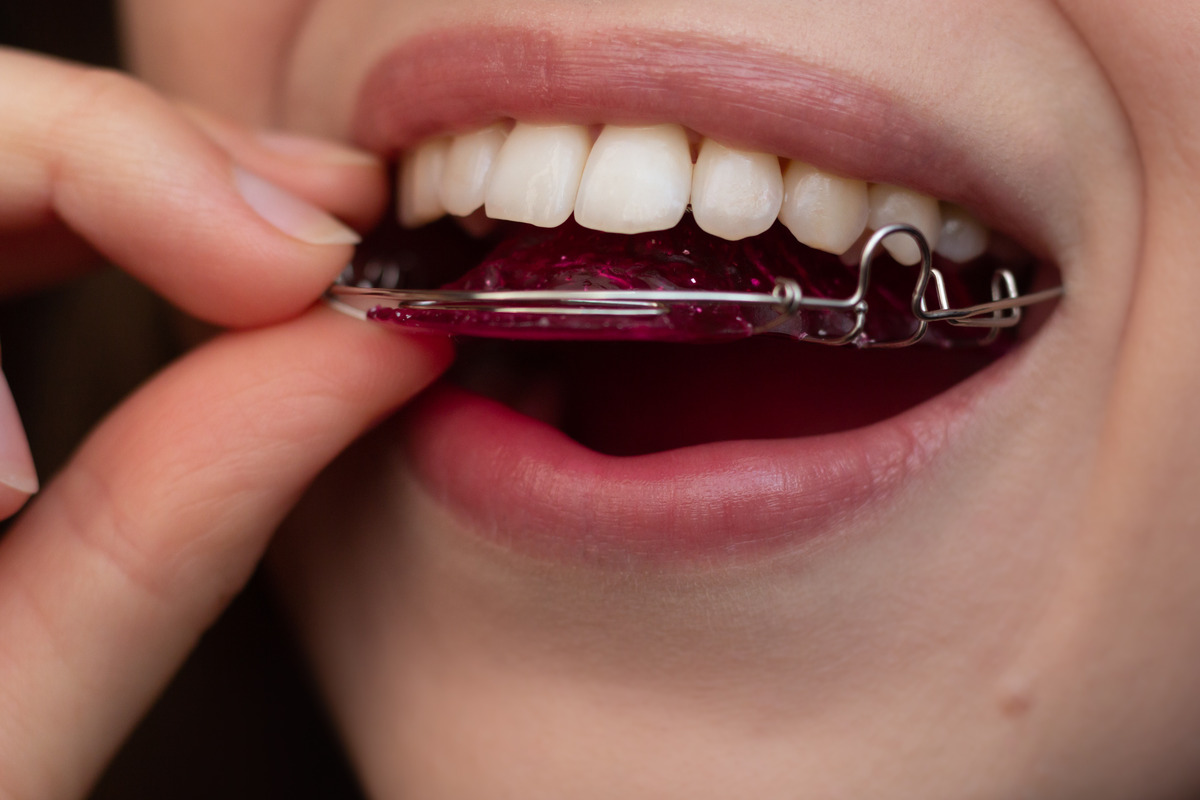Dry mouth is a common issue for people with braces. It can be uncomfortable and may increase the risk of dental problems. Braces can affect saliva flow, making it harder for saliva to coat all surfaces of the teeth and gums.
The good news? There are simple and effective ways to manage dry mouth while wearing braces. From staying hydrated to using specialized oral care products, you can keep your mouth comfortable and healthy throughout your orthodontic journey.

Dr. Cameron Hulse grew up in Southern Orange County, California. While in his own orthodontic treatment in high school, Dr. Hulse realized how much his new smile changed him and decided he wanted to improve other’s teeth and smiles. Dr. Hulse pursued his dream and completed a BS in Zoology at Brigham Young University. Then he was selected to attend the University of Southern California’s prestigious School of Dentistry where he received his D.D.S.. After Dental School, he switched coasts and completed his orthodontic residency at Jacksonville University where he received his CAGS.



